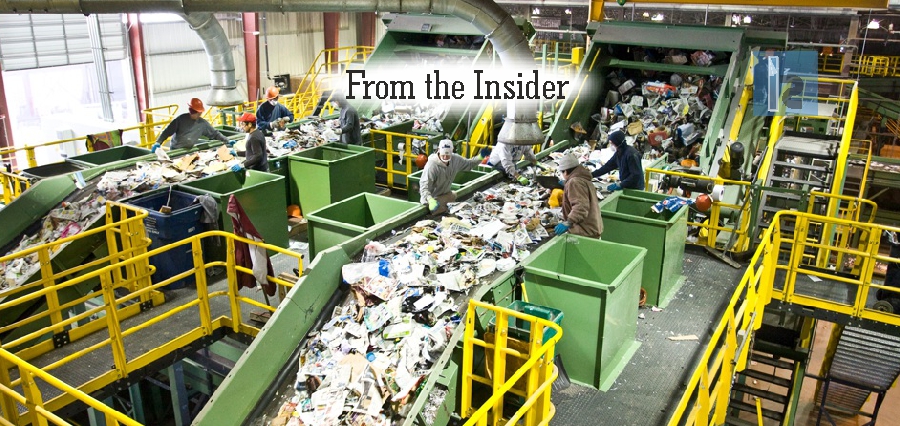Textile Industry is one of the oldest industries of India. With time this industry has seen a lot of changes and multiple ups and downs. The lowest point came during in the colonial era. The British destroyed the age old art and livelihood of the best thread workers and designers, and as a result, some of the world famous handloom cottage industry destroyed forever. After the independence, India tried its best to revive the culture and tradition and today, India is the second largest producer of textiles in the world.
The Current Scenario
Indian textile industry accounts for almost 24% of the world’s spindle capacity and 8% of global rotor capacity. Abundant availability of raw materials such as cotton, wool, silk and jute as well as skilled workforce have made the country a sourcing hub for textile. This industry provides direct employment to over 45 million people and there is possibility of new inclusion and modification with the up-gradation of technology.
Is Packaging creating a lot of Waste?
In order to increase sales of an apparel product and make it more attractive to customers, a variety of smart-looking materials and accessories are being used. Packaging materials and accessories are considered an important part of successful sale strategies, though some of these materials have nothing to do with the functional use of the product. In the end, these end up as nothing but waste and thus it becomes important to have them pass through certain recycling processes.
Merging with Waste Management Technologies
Currently the industry is merging with Waste Management Technologies to decrease the production cost and to save the environment as well. Eco textiles are textile products that can be manufactured, used and disposed of without upsetting the ecological system. Textile sector is known to use good quantity of water and a number of chemicals. The disposal of discarded textile products using certain techniques such as incineration, decomposition, accumulation without posing any threat to people and the environment has become the added responsibility of the industry. Thus currently this sector is taking care of the used water and the use of other chemical components for dying.
Waste materials are generated during the production process of a plant which can be used as raw materials in another. For this reason, the Waste Recycling Exchange was established within the framework of environmental protection practices so as to reuse the wastes generated during the production processes in various sectors of the textile industry.
Coordinating Market with Technology
Thus in this context, Industry research report analysis matters the most. It thoroughly scrutinizes the supply, sales, production, and market status comprehensively. Production market shares and sales market shares along with the study of capacity and revenue are also under the expert’s eye. Several other factors such as import, export, gross margin, price, cost, and consumption are important factors under the section Analysis of Global Textile Industry Waste Management. This enables to gain a telescopic view of the competitive landscape to strategize accordingly.
The world is changing and so is the fashion sense and trend. The textile industry must acknowledge the need of the hour and be more impactful in its quality, variety, using improved technology and at the same time justice with the recent trend and style.

Insights Success stands as the epitome of trust and authority. It has earned its reputation as the foremost source of business intelligence, providing readers with a gateway to the pulse of Bharat’s advancing business landscape.
Quick Links
Enquiry
info@insightssuccess.in
for more information on advertising opportunities with Insights Success magazine.
8793630422 / 24
Reach out to Us
Insights Success Media and Technology Pvt. Ltd.
512, Brand Square,
Kunal Icon Rd, Pimple Saudagar,
Pune, Maharashtra 411027
Building No: H2-10, Hustlehub Tech Park, ITI Layout, Sector 2, HSR Layout, Bengaluru, Karnataka 560102

